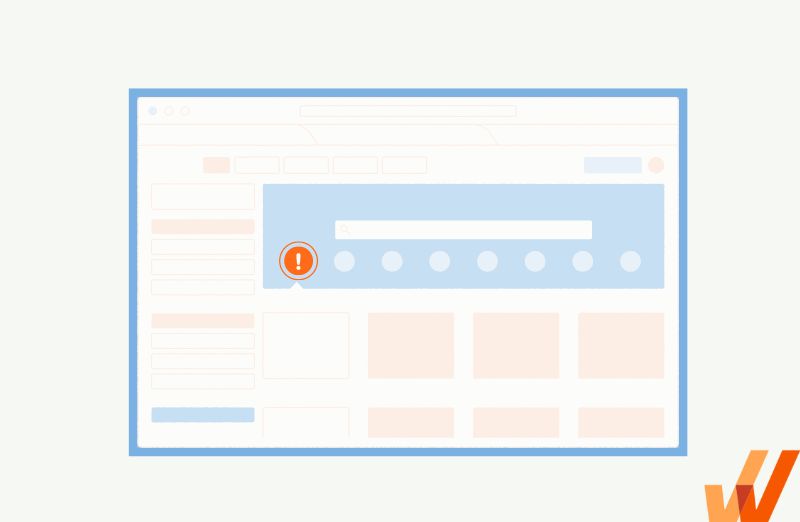
How to Collect & Manage Feature Requests
- Published:
- Updated: July 3, 2024

Product teams have established processes for prioritizing product improvements and new features. For product-led companies, utilizing feature requests from existing customers and users is the most obvious way to take a customer-centric approach to new feature prioritization and development.
This is often easier said than done, with feature requests becoming lost in product backlogs that may never be explored or followed up on – especially for leaner product teams who must focus on higher-priority requests and projects.
This is a challenge product teams must overcome, as feature requests are an invaluable tool that presents an open and direct line of communication between customers and product development. It’s a way for product teams to close the customer feedback loop and showcase that customer feedback is essential and directly influences your product roadmap.
In this article, we’ll explore how product teams can create a feature request process that encourages feedback, helps identify commonly requested product improvements, and reflects to customers that your product roadmap is driven by their feature requests.
What Is a Feature Request?
A feature request refers to a formal or informal suggestion from users, customers, or stakeholders to introduce new capabilities or improve existing functionalities within a software application or platform. Feature requests are essential in the product development lifecycle as they provide valuable insights into user needs, market demands, and areas for potential product enhancement.
Typically, a feature request will contain:
- A clear description of the desired functionality or enhancement that users or stakeholders want to see implemented in the software.
- Reasons for the feature request could be based on user feedback, competitive analysis, feature engagement analysis, or emerging industry trends.
- Specific user scenarios or use cases where the requested feature would be beneficial.
- The priority level of the feature request.
- Additional supporting details such as wireframes, mockups, or user stories help the product team better understand the requirements and visualize the proposed feature in the context of the software’s interface and functionality.

How to Prioritize & Manage Feature Request Backlog
As a product team, one of your primary challenges is balancing managing the influx of feature requests while tweaking your roadmap to ensure it aligns with user needs and business objectives.
You also need buy-in from your product team (and overall leadership) that customer feature requests should be prioritized in your roadmap.
Here are six steps for a systematic feature request approach you can adopt to help you prioritize action items and manage your feature request backlog that enables you to take a customer-centric approach to feature development.
1. Build a product roadmap board to organize and prioritize feature requests
As a software product team, you will be constantly bombarded with feature requests from users, stakeholders, and team members. Managing this influx of ideas and prioritizing them can be a daunting task without a clear organizational structure in place.
That’s where building a product board and roadmap comes in and your process can be structured roughly like this:
- Choose the right tools and consider using project management platforms like Trello, Asana, and Jira, or dedicated product roadmap tools Productboard, Roadmunk, or Aha!
- Define your product vision and overarching goals using variables such as your target market, key user personas, and desired outcomes for your product.
- Organize your product board into sections that reflect the different stages of feature development. Create columns or lists for the backlog, planned features, features in progress, and completed features.
- Use frameworks like Kano, RICE, or product tree mapping to prioritize features.
- Iterate and refine as you ship and sunset features.
2. Make it easy for customers and users to submit feature requests and feedback
To capture a diverse range of perspectives and insights, it’s crucial to provide multiple avenues for customers to submit feature requests and feedback, including:
- In-App Surveys: Implement short, targeted surveys within your software interface to capture end-user feedback directly from users while they’re actively using your product. Keep the surveys concise and focused on specific areas of improvement to maximize response rates.
- Customer Success Managers (CSM interactions): Empower your CSMs to solicit feedback during customer interactions actively. Train them to ask probing questions and document customer insights about feature requests and pain points.
- Email or Slack: Create dedicated email addresses or Slack channels where customers can submit feature requests and suggestions. Make it easy for users to provide feedback by offering clear instructions and quick response times.
- Third-Party Review Sites: Monitor platforms like G2, Capterra, and TrustRadius for user reviews and feedback on your product. Engage with users directly on these platforms to understand their needs and address any concerns they may have. Likewise, keep tabs on distribution channels like Play Store, the App Store, Salesforce’s AppExchange (i.e., if your product is part of their ecosystem) and watch out for suggestions and patterns in reviews.
3. Encourage customers to provide feedback
Your goal at this stage is to make feedback collection a natural part of your workflow and to achieve that, you need to automate it, such as by prompting users to rate their experience at several touchpoints, for example, after they’ve completed a task, reached a milestone, or interacted with support.
When those feature requests make it into your backlog (i.e., when you start working on them), products, and updates, don’t hesitate to notify users via email, in-app notifications, and community forums.
Once you have the basic infrastructure for collecting feedback, you can encourage users to respond using incentive programs that offer discounts, freebies, or exclusive access to new feature
Create simple, frictionless ways for customers and users to submit feedback right inside your product. With a tool like Whatfix, quickly create in-app lauchers and embedded feedback forms for users to submit feedback in the flow of work – without disrupting their workflows.
4. Design a criteria or point system to identify highest-priority feature requests
To prioritize feature requests effectively, establish a clear criteria or a point system that helps identify the highest-priority requests. Consider factors such as:
- Strategic Alignment: Evaluate how each feature request aligns with your product vision and business goals.
- User Impact: Assess the potential impact of each feature on user experience, satisfaction, and retention. Or basically, you need to ask, “How many customers asked for this feature?”
- Technical Feasibility: How much development time will it take to build out this feature? Determine the feasibility of implementing each feature within your existing technical infrastructure and resource constraints.
By assigning points or scores to feature requests based on these criteria, you can objectively prioritize them and focus your efforts on the most valuable enhancements.
5. Provide progress reports to customers on feature requests
Transparency is critical to building trust with your user community and allows you to close the customer feedback loop.
Whether via an email or a push notification, let customers know you received their request, and that it has been added to your product board. Depending on your development team’s bandwidth, give them transparent feedback on when you expect your product team to work it into their sprints and when it could be released.
Keep customers informed about the status of their feature requests by providing regular progress updates. Whether through email newsletters, in-app notifications, or dedicated status pages on your website, make it clear that you value their input and are actively working to address their needs.
6. Create new feature announcements to drive adoption of new releases
Don’t let it go unnoticed once a requested feature has been developed and deployed. Generate excitement and drive feature adoption by creating engaging announcements across multiple channels.
Use product release emails, create in-app guidance that guides users through the new features, and post on social media to promote the release and highlight the benefits of the new features to your users.
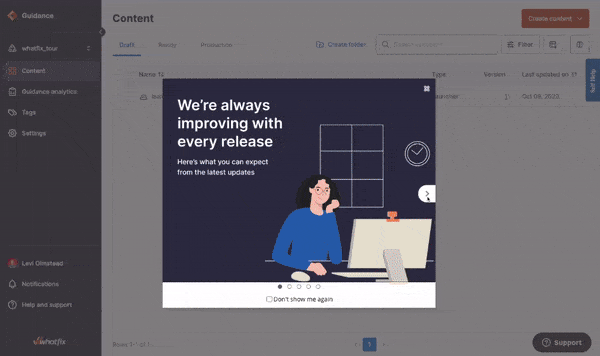
With Whatfix, create in-app experiences like the Pop-Up carousel above to drive awareness of new features. Embed videos or GIFs into these Pop-Ups, link them to your release notes or changelog, or have it prompt and in-app guided Flow that walks users step-by-step through the new feature.
Effective feature request management requires a combination of organizational alignment, proactive communication, and a systematic approach to prioritization.
By taking a multichannel approach that lets customers know their feedback is essential in guiding your product development, you can streamline your feature request process, enhance product development efficiency, and ultimately deliver more excellent value to your users.
3 Tools to Manage Feature Requests & Drive Adoption
Effective feature request management is crucial for product success, as it enables teams to prioritize and deliver features that meet customer needs and drive adoption.
However, managing feature requests can be daunting, especially when dealing with numerous and often conflicting requests from various stakeholders. Product teams need the right tools to streamline this process and ensure that the right features are developed and adopted.
Here are three essential tools to help collect feature requests, manage and prioritize your customer requests, and drive adoption of new features – all enabling product teams to build better products that meet customer needs and drive business growth.

1. Productboard
Productboard is a full-stack product management platform designed to help product engineers create (and manage) collaborative roadmaps and aggregate customer data from multiple sources so they can prioritize features based on how they impact metrics such as revenues, user satisfaction, and customer spread.
For instance, integrating Productboard and your enterprise CRM (say, Salesforce, HubSpot, SAP, etc.) would help you track the ARR generated by each user voting for a feature.
Using that data, you can forecast the total economic impact of a requested feature based on the users requesting it. That ranking algorithm factors in user impact scoring, the effort required to build out a feature, and customer signals to help you stay focused on the products with the highest impact. Productboard’s Insights feature also lets you filter through user interviews, feature request email, support tickets, chat conversations, and win/loss analytics to understand which features users are demanding.
Productboard’s collaborative model means your workspace doubles as a canvas where everyone—users, product managers, and developers—can brainstorm, suggest ideas, catalog and discuss them, and track their progress after they make it into the roadmap.
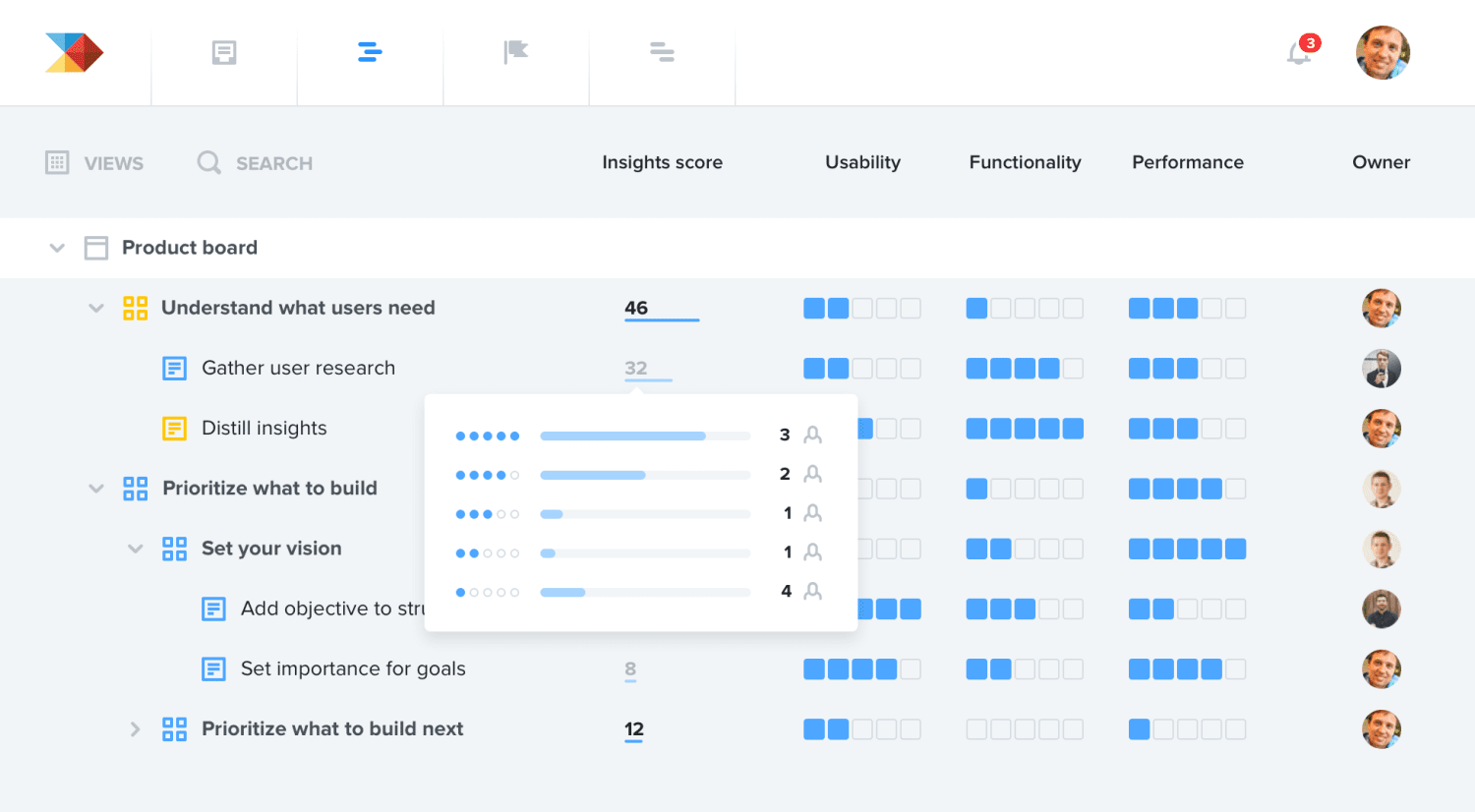

2. Canny
Canny is a customer feedback software designed to help software product teams engage users with a public roadmap, prioritize feature requests, and keep users in the loop as their desired features are shipped.
Canny provides a digital forum where your customers can request features, discuss why they want them with other users, and upvote based on their preferences.
Canny lets you filter through requests by potential revenue impact, popularity, and niche so you can choose which requests to work on by moving them into your product roadmap queue where you can further group them into Under Review, Planned, and In Progress. After these features are shipped, Canny’s changelog feature lets you schedule and embed unintrusive update notifications into your product.

3. Whatfix
Whatfix is a digital adoption platform (DAP) that enables product teams to engage users with in-app guidance and collect feedback with in-app surveys.
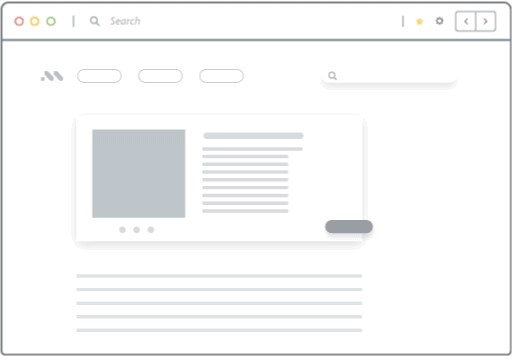
With Whatfix, enable your users to maximize new and existing features by guiding them step-by-step on new product updates and features, helping them achieve their “aha!” moment.
Whatfix uses a combination of contextual in-app guidance aids, such as—
- Step-by-step product tours and interactive walkthroughs that guide users through new features.
- Task checklists that gamify the user onboarding experience.
- Unintrusive pop-ups for announcing features. Embed a video within the pop-up, attach an in-app guided experience to the overlay, or link your release notes.
- Site-wide localization that translates text overlays, notifications, and modals into 70+ languages, depending on your users’ choice.
- UI tooltips and UX hotspots that annotate on-screen elements and explain how they work.
- A searchable self-help hub embedded right inside your product’s dashboard so that users can search through FAQs, help articles, and product docs without leaving your product’s interface.
- In-app surveys for new features requests, bug reporting, onboarding feedback, and more.
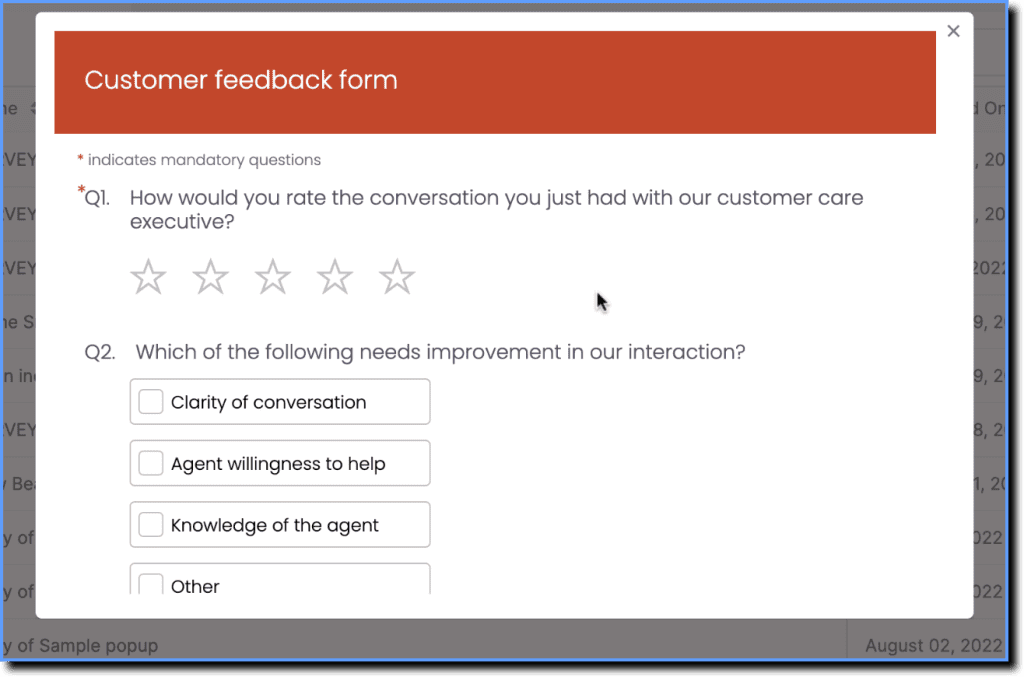
Whatfix’s analytics tools enable product teams to analyze which resources and in-app elements your users engage with (and those they avoid) so you can get a front-row seat observing how to increase user engagement.
It also provides product teams with a comprehensive no-code custom event tracking solution for product analytics and end-user behavior tracking.
Whatfix is a complete tool for guiding users with product-led experiences, providing support at the moment of need, analyzing user experiences, collecting user feedback, and building data-driven product experiences tailored to your users.

Collect in-app feedback with native surveys, create contextual user onboarding experiences, drive feature adoption, and provide self-help support with Whatfix
Whatfix is a digital adoption platform that enables product managers with a no-code platform to create and launch in-app feedback surveys, product tours, user onboarding checklists, interactive flows, announcements, hotspots, tooltips, self-help wikis, and more – all without engineering dependencies. Analyze your product usage to identify friction areas, understand engagement, and build user cohorts.
Whatfix’s product philosophy is simple and can be broken down into four major angles:
- Collect feedback with in-app surveys with Whatfix Surveys
- Analyze end-user behavior to identify friction areas with Whatfix Analytics
- Enable users with in-app guided experiences to drive adoption, make product announcements, and create frictionless experiences.
- Support users with in-app help at critical moments of need.
Learn how Whatfix can give your product management team superpowers by showing you which features to build before your users ask for them.

Thank you for subscribing!





